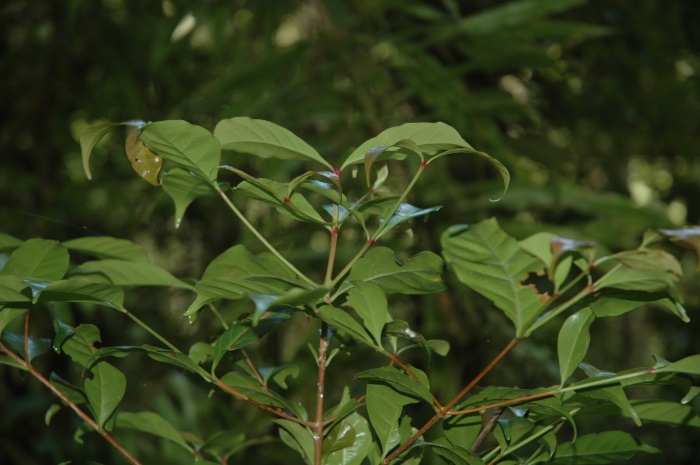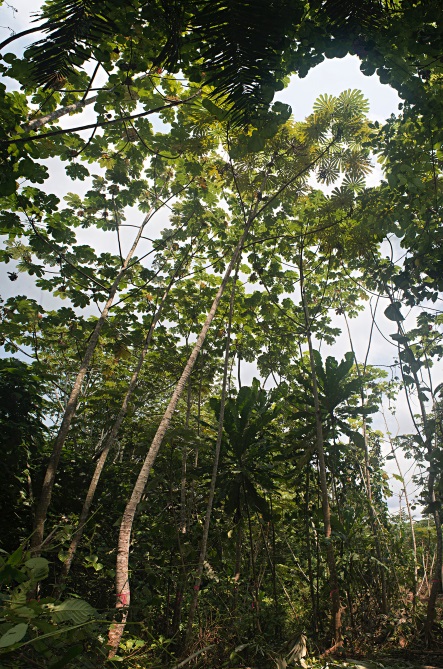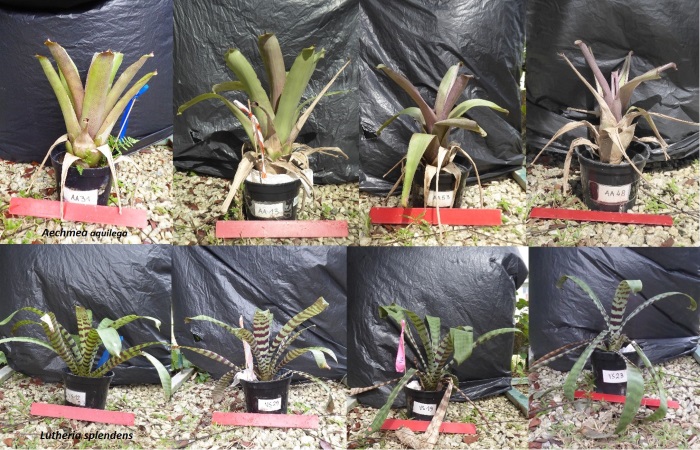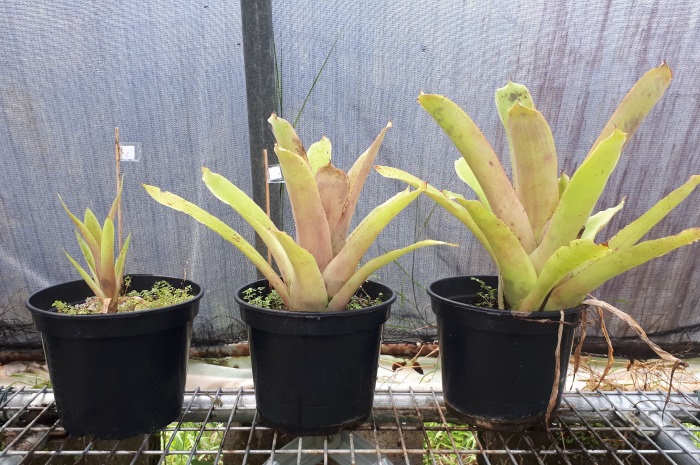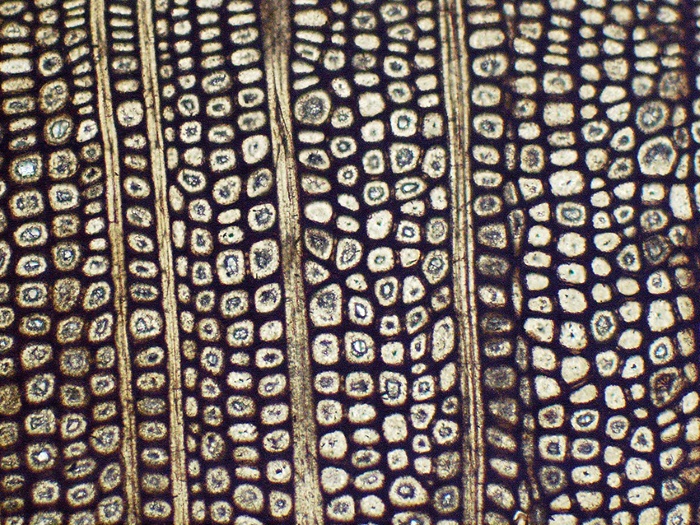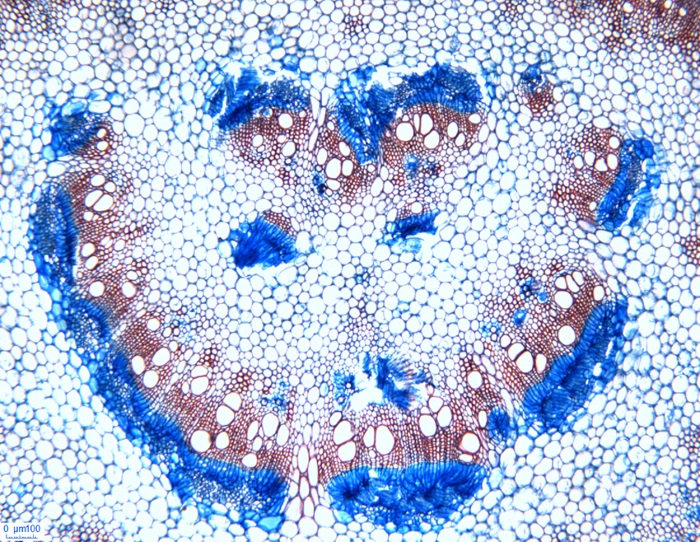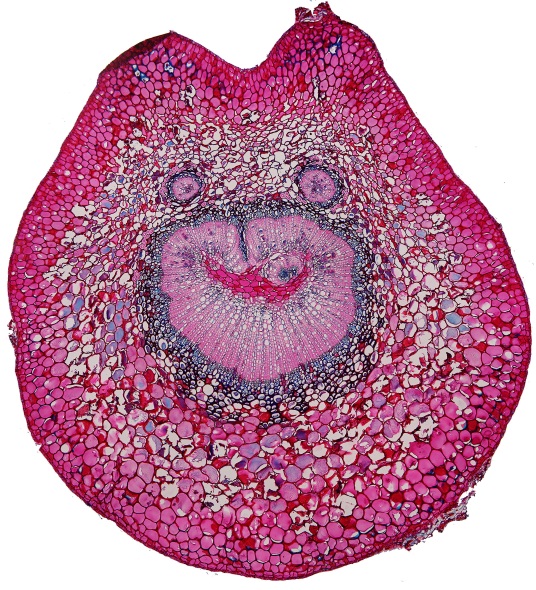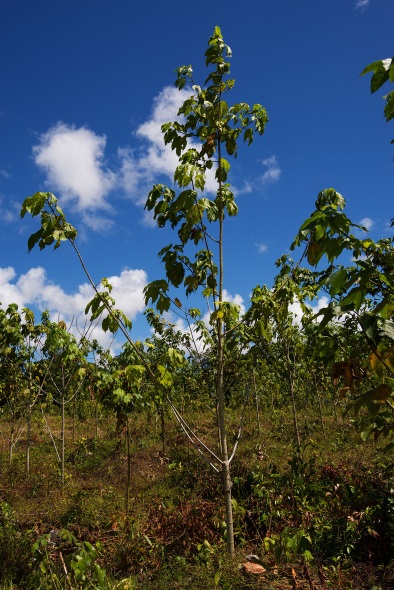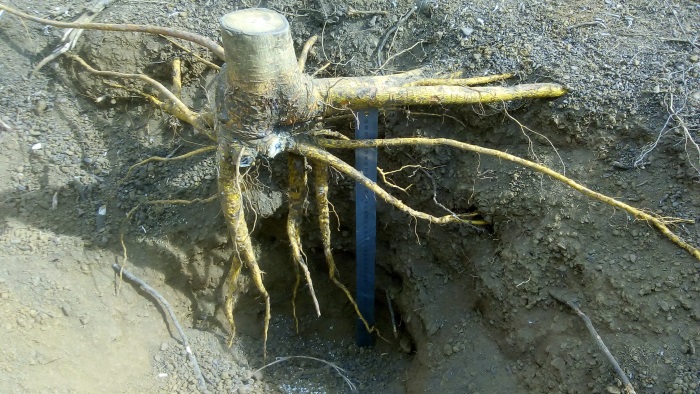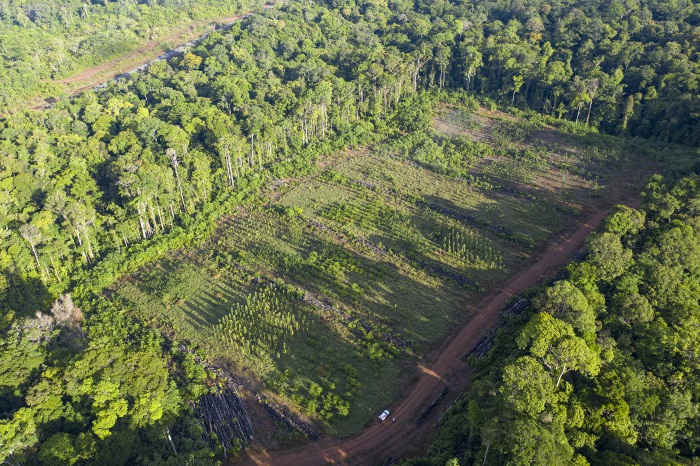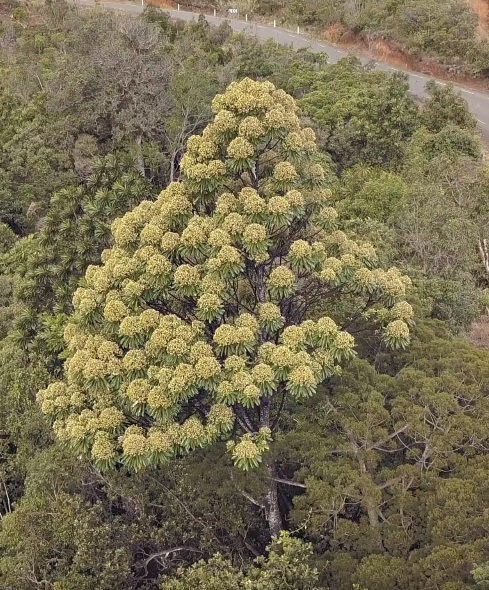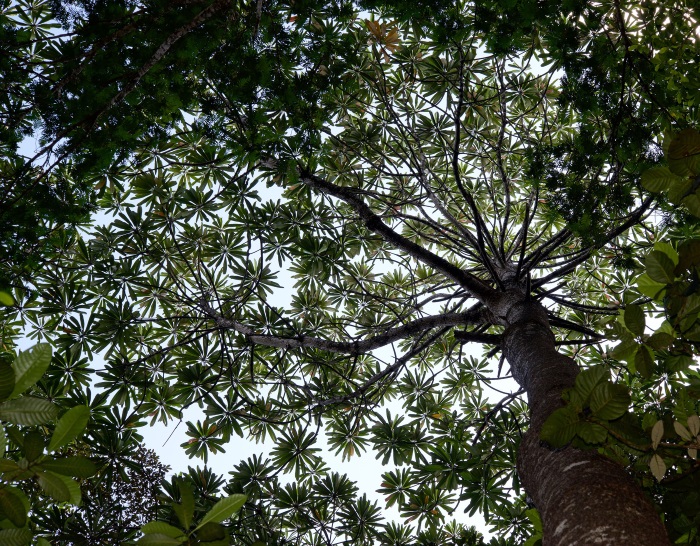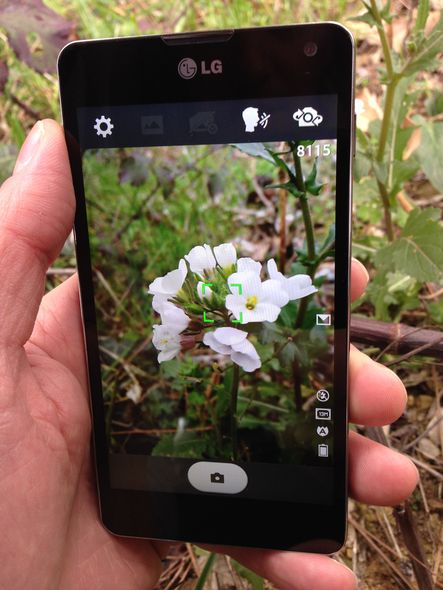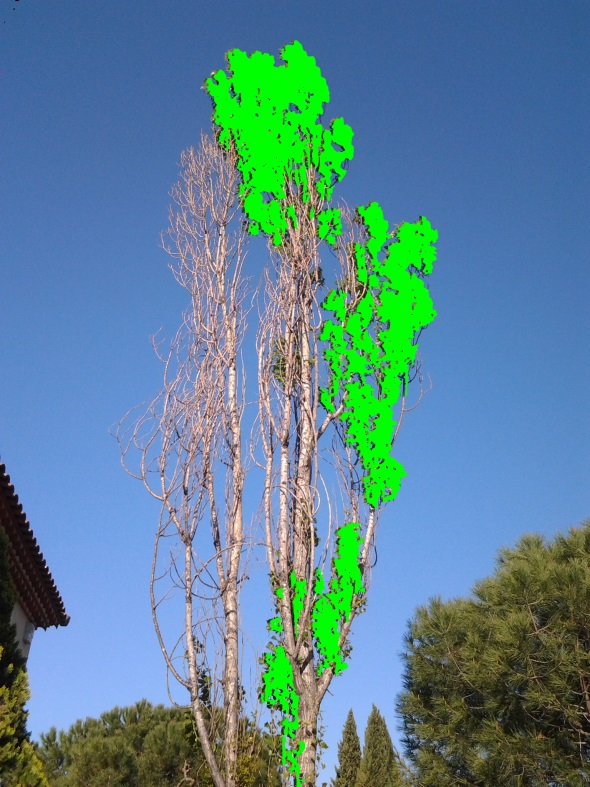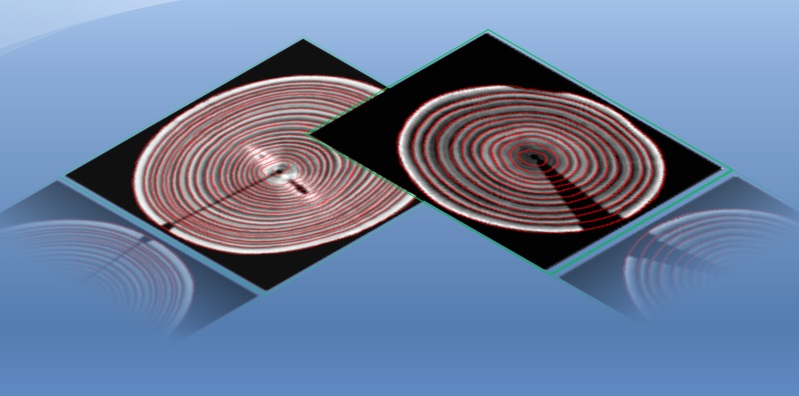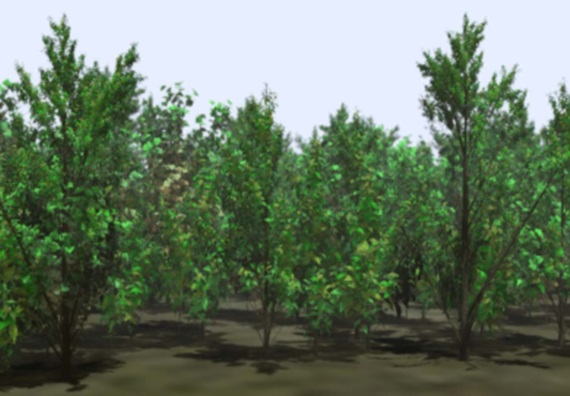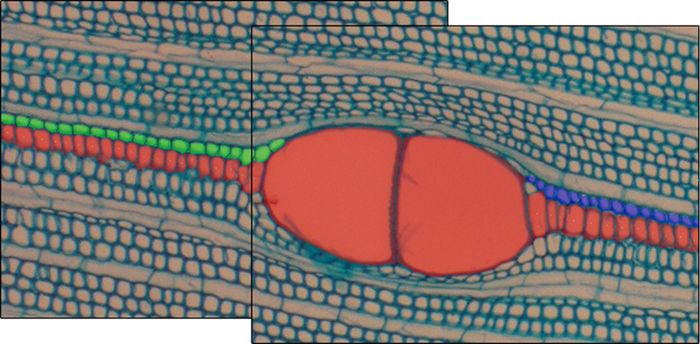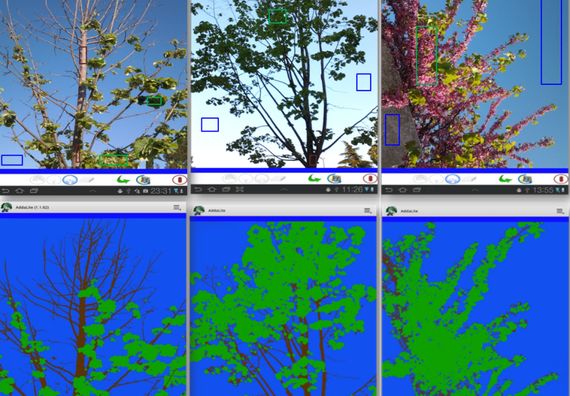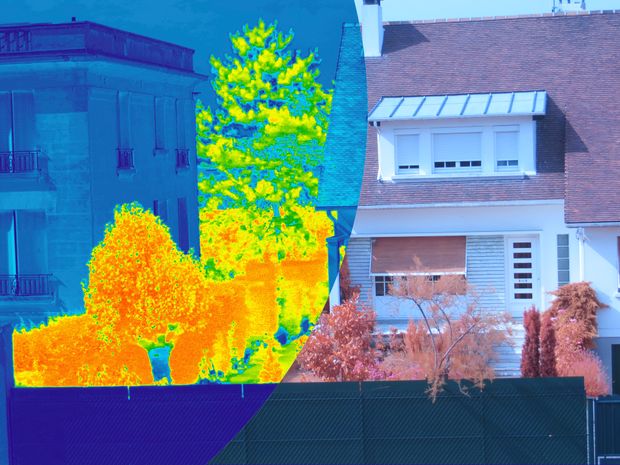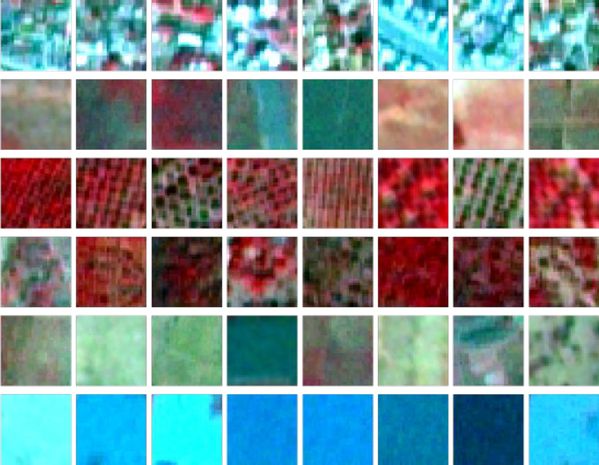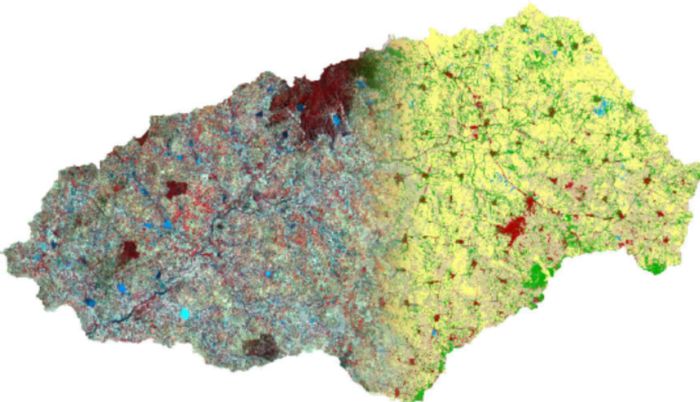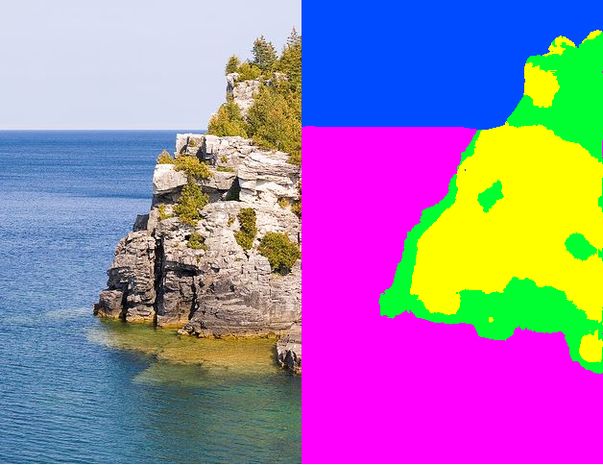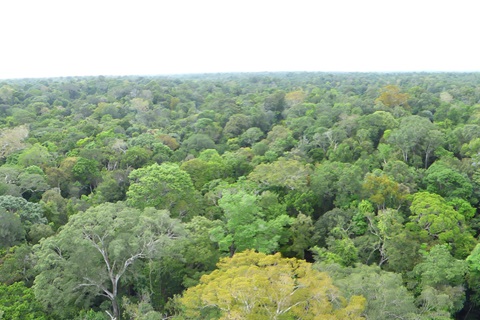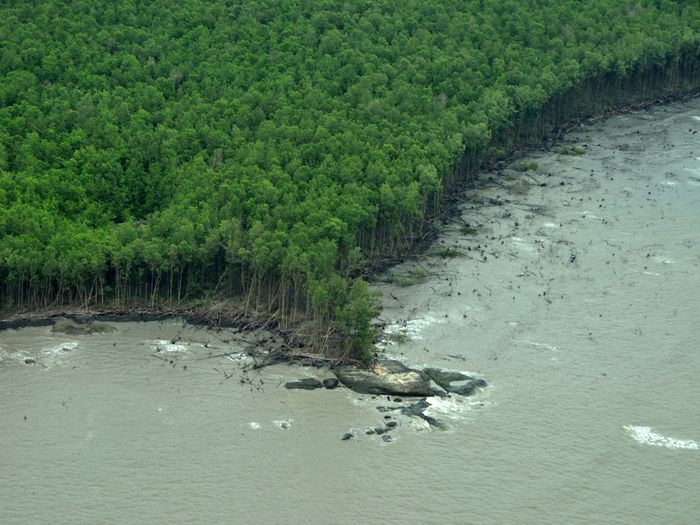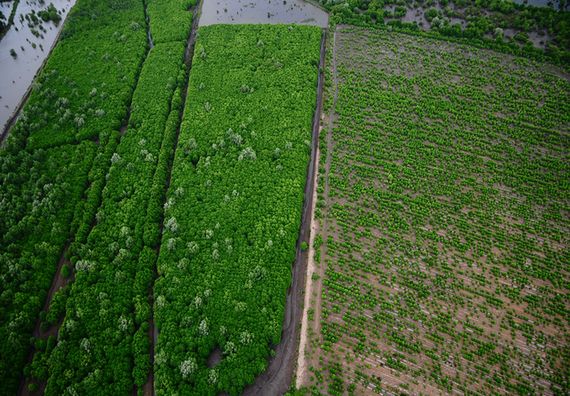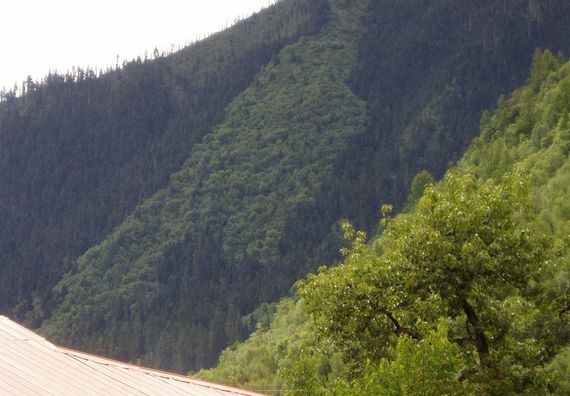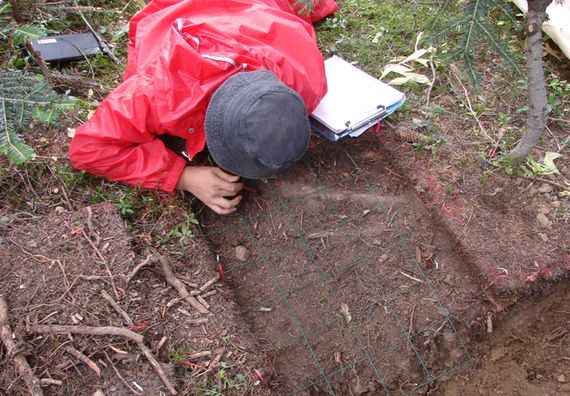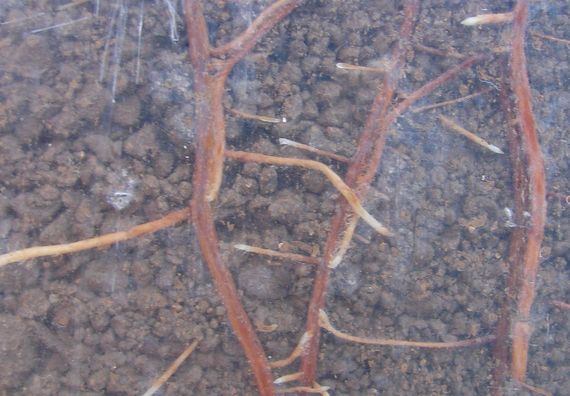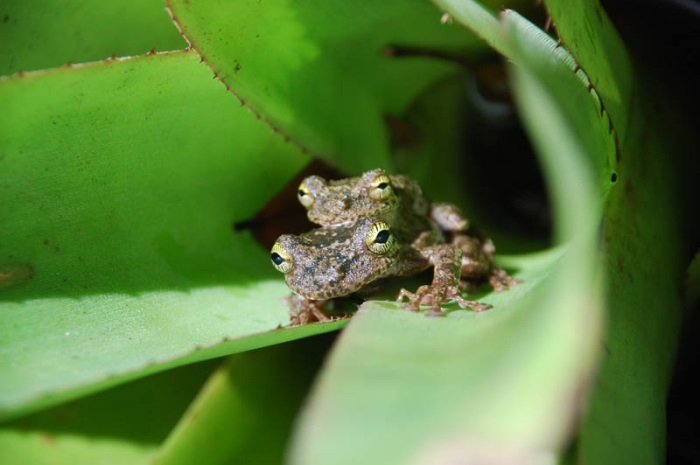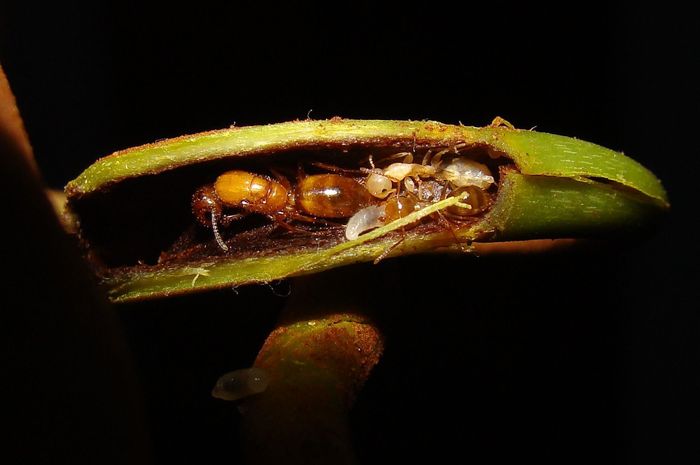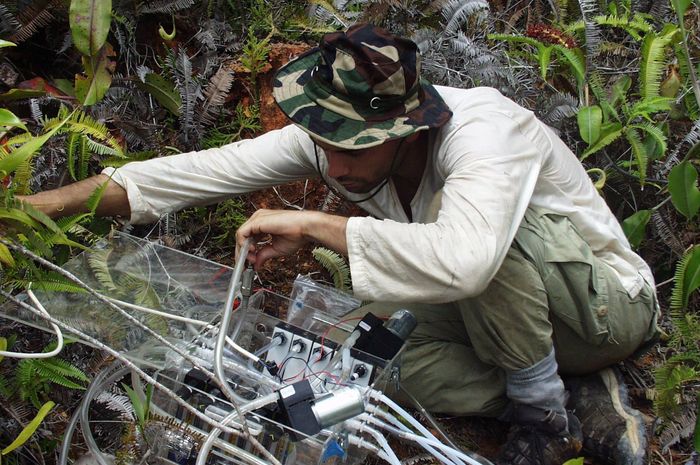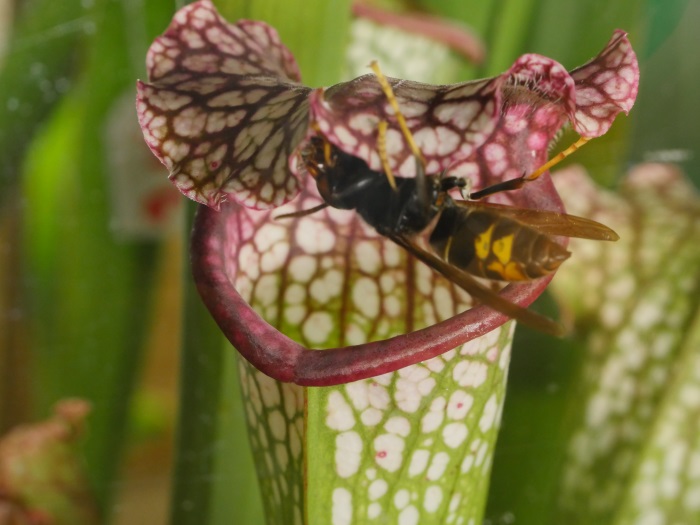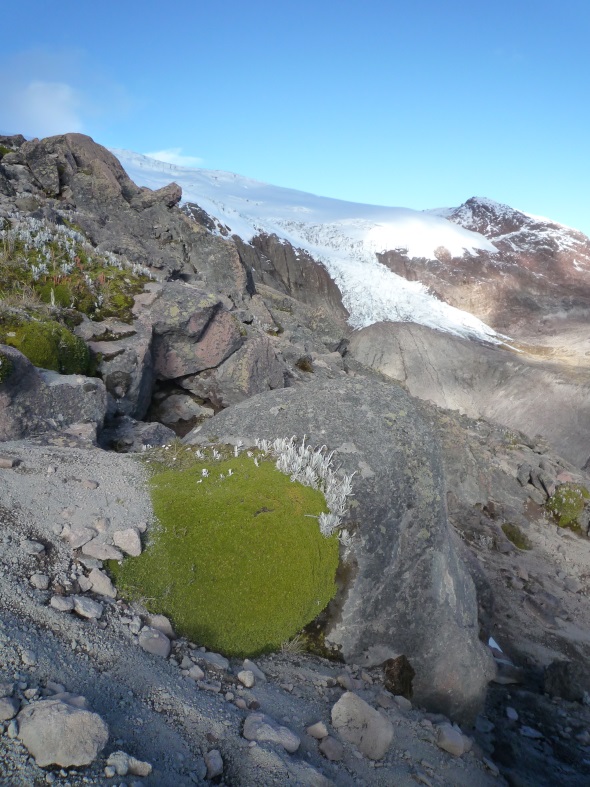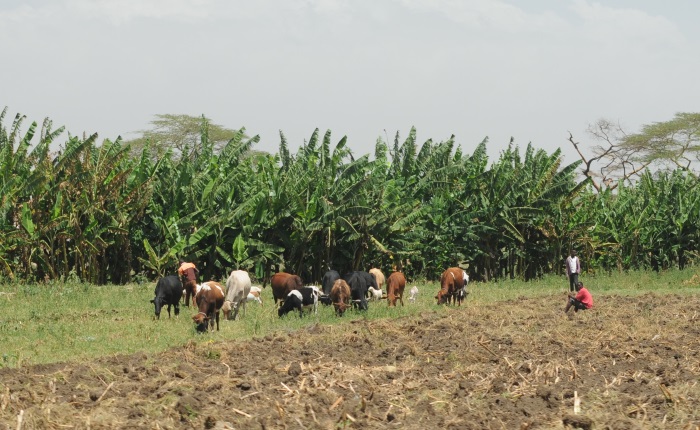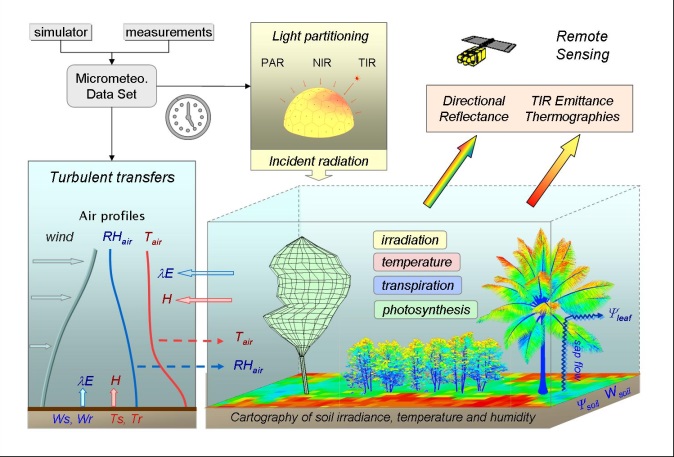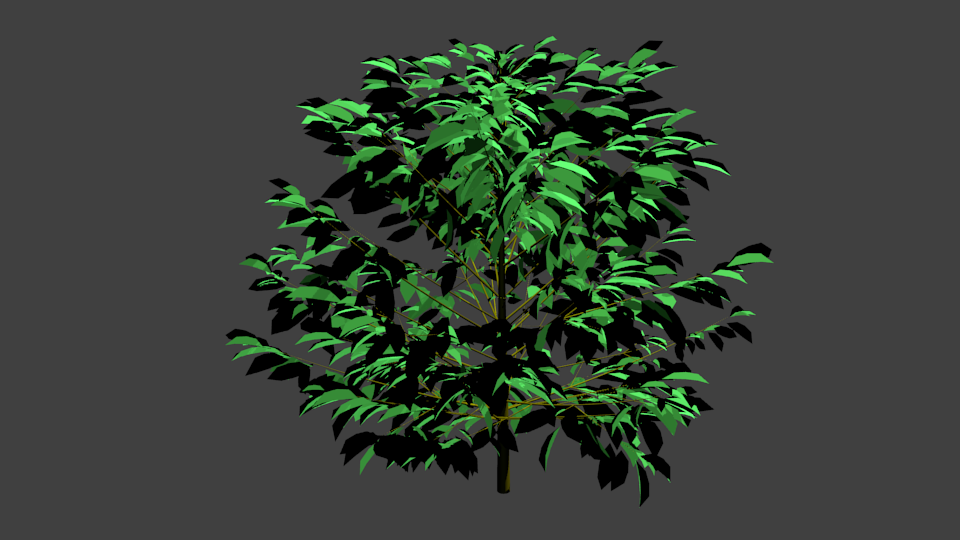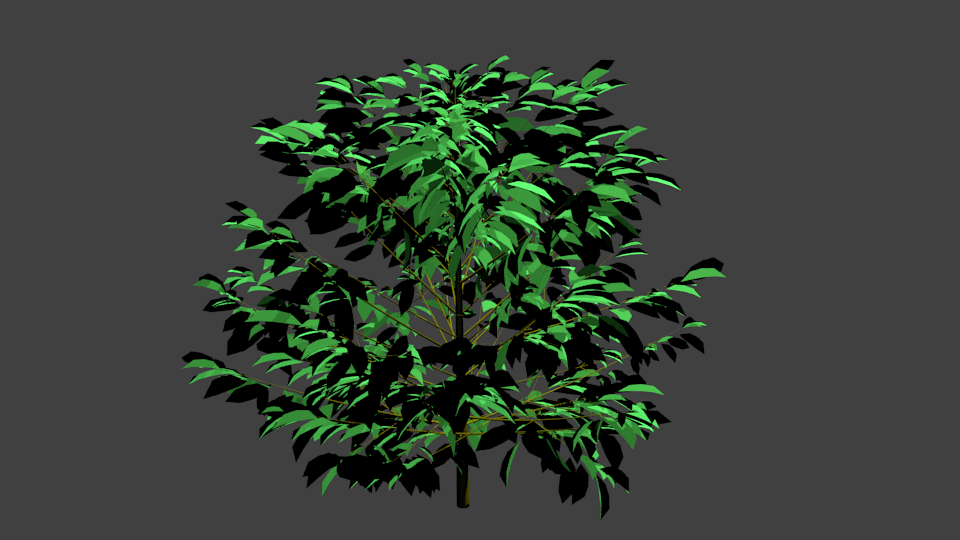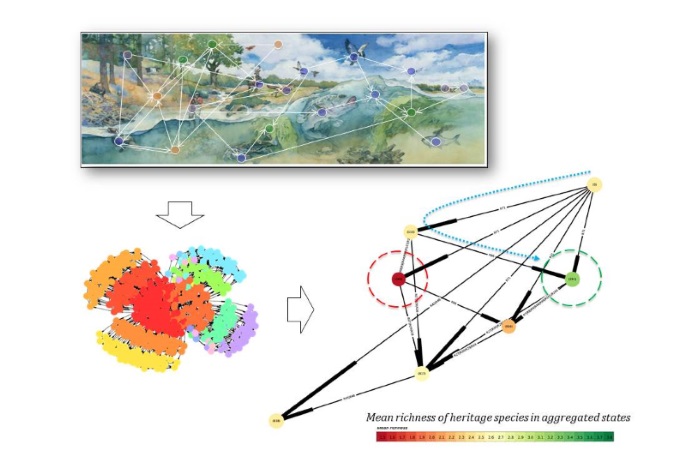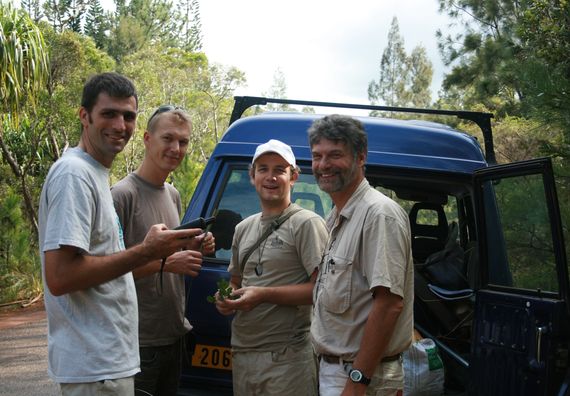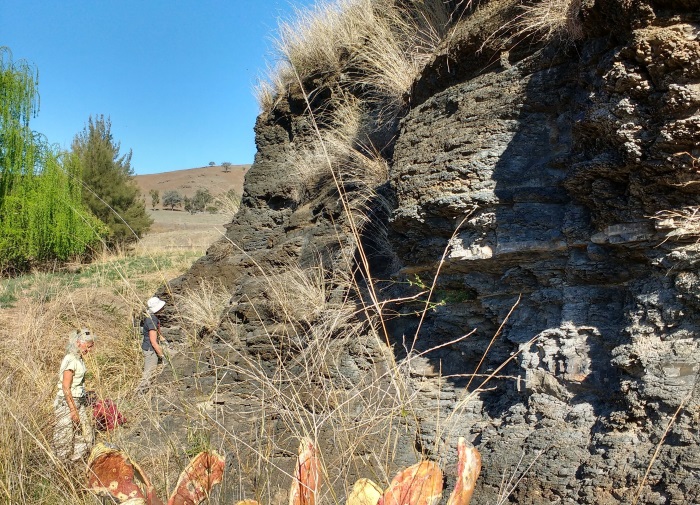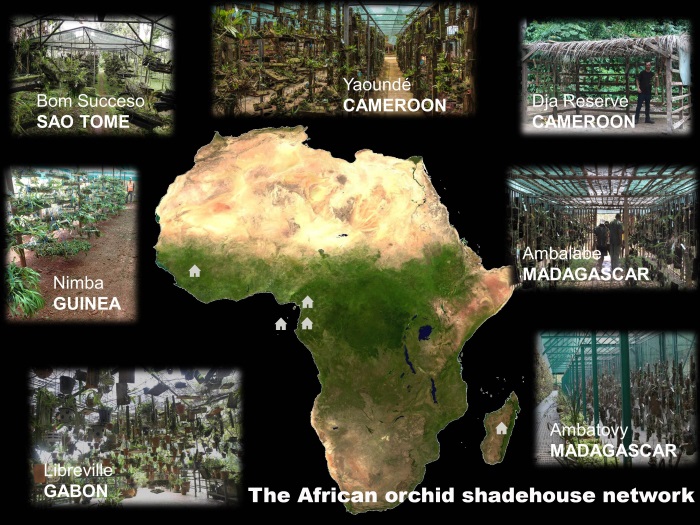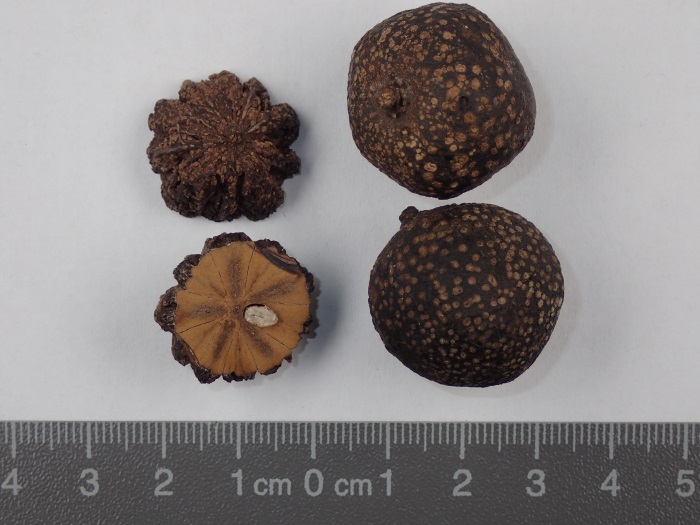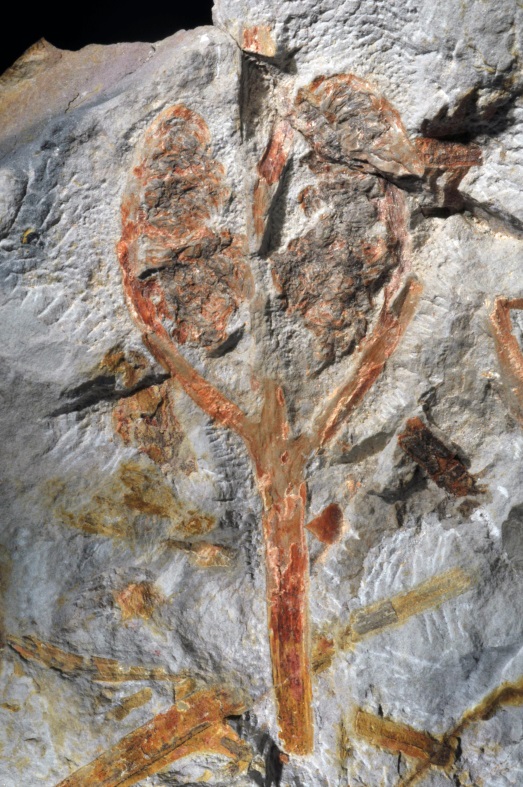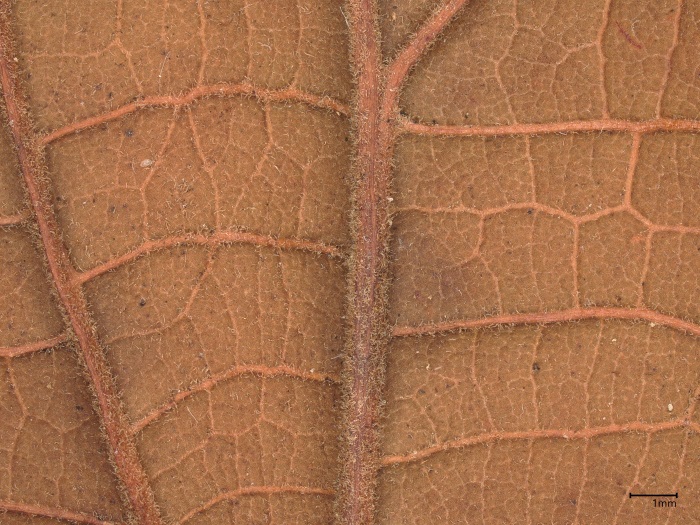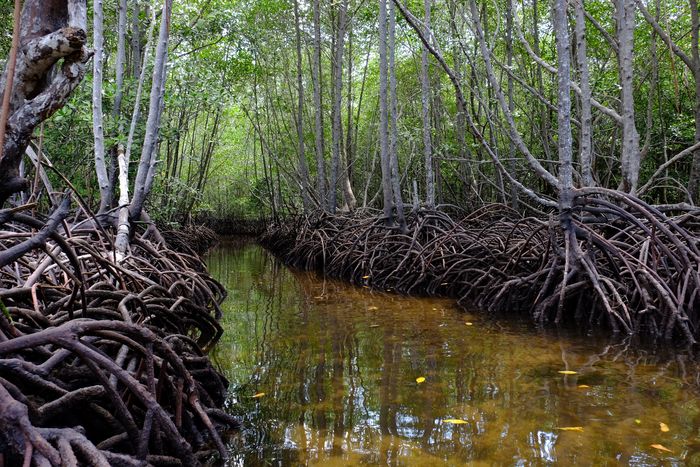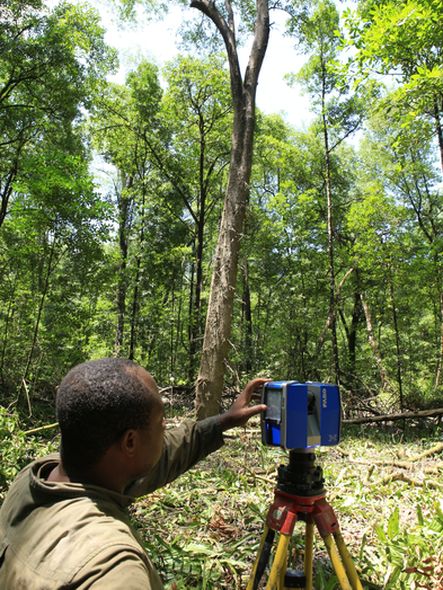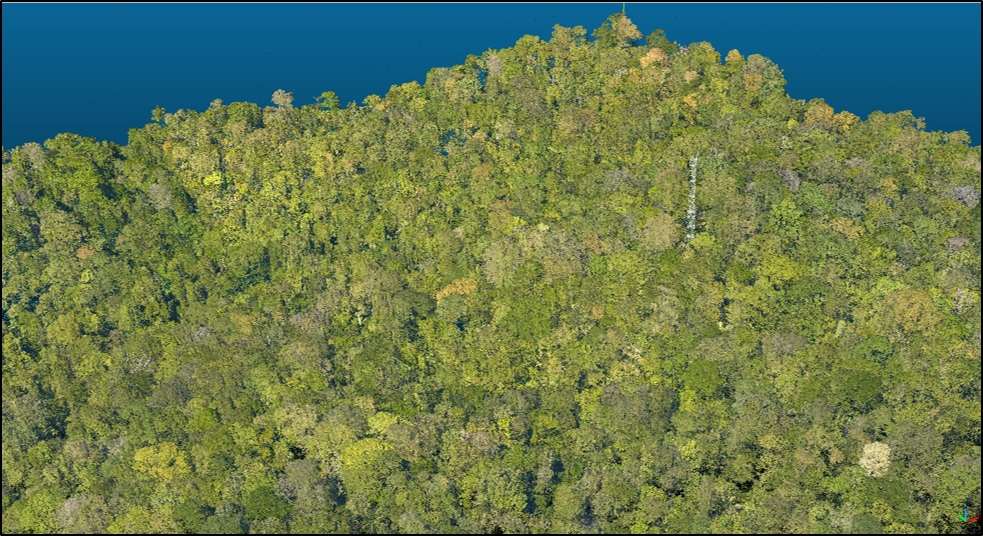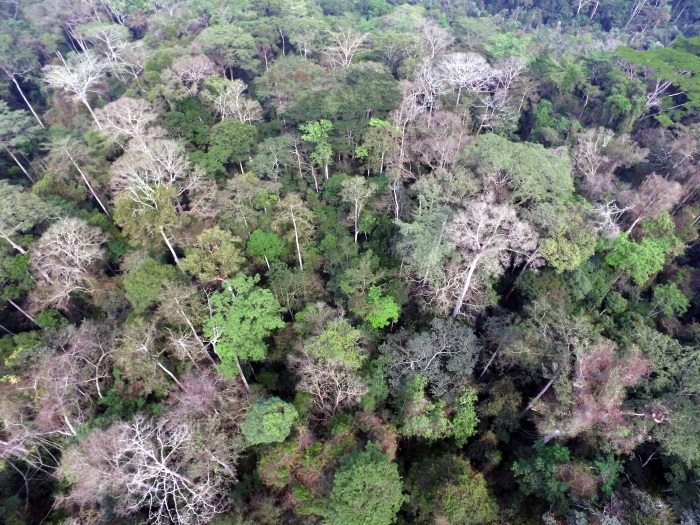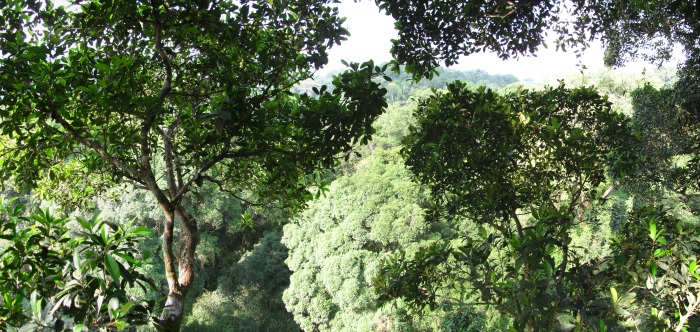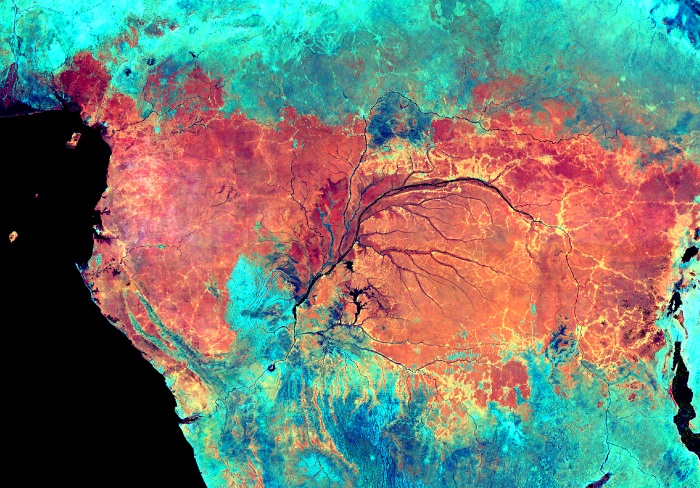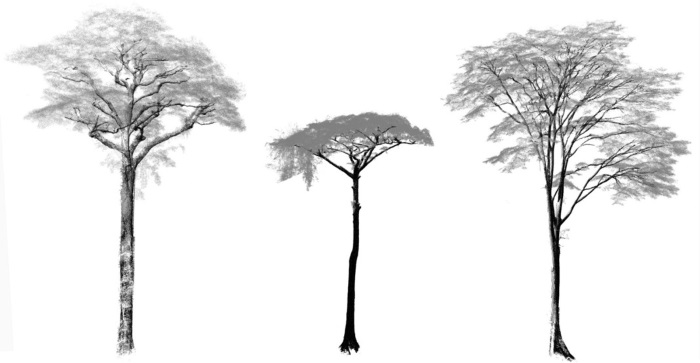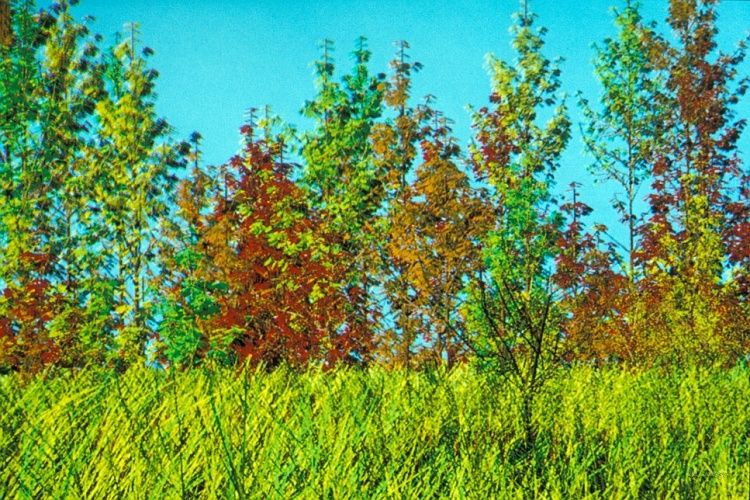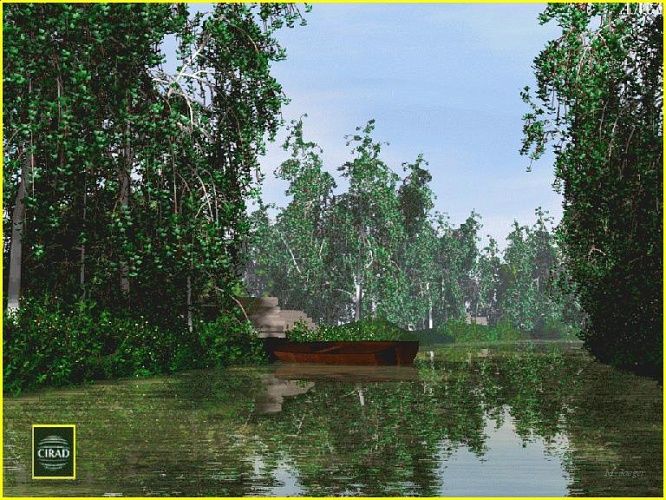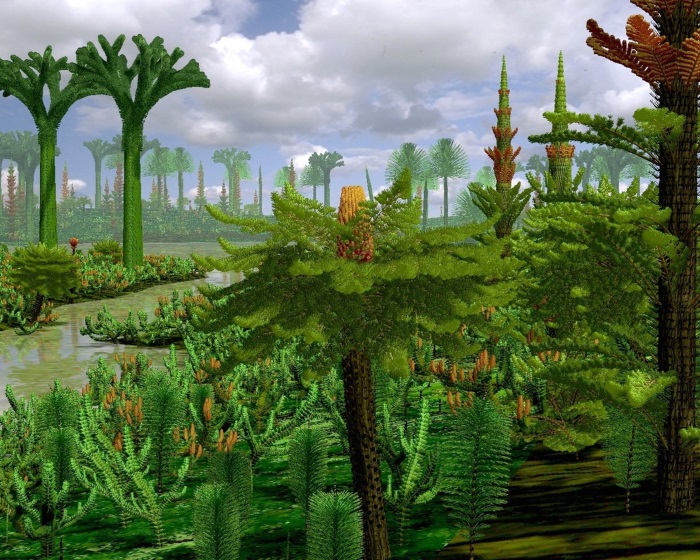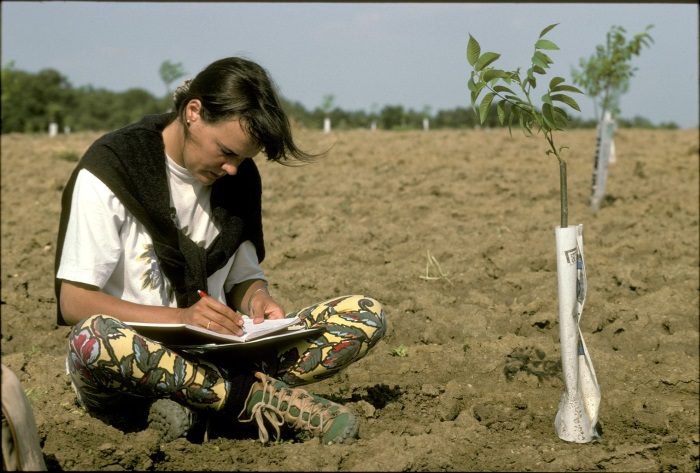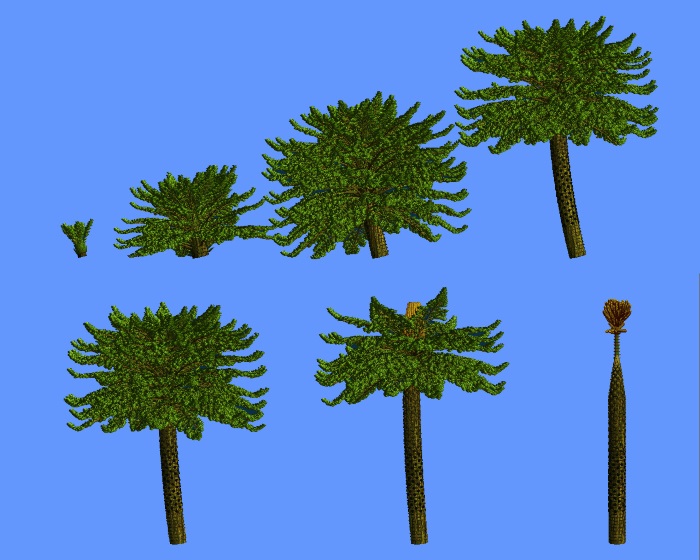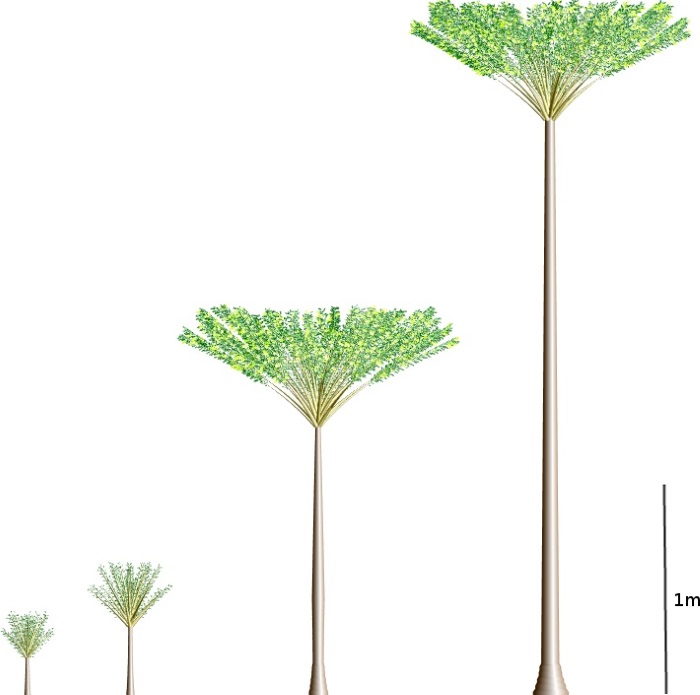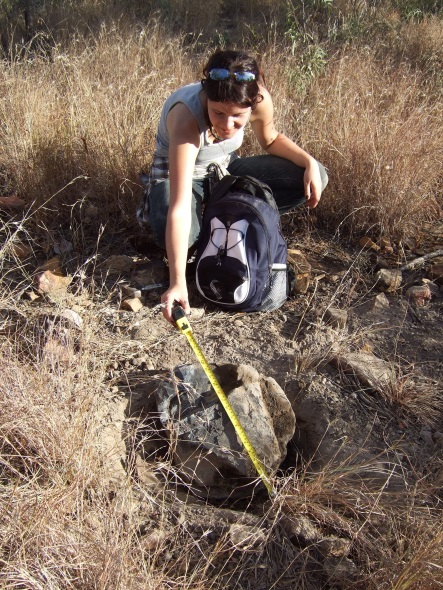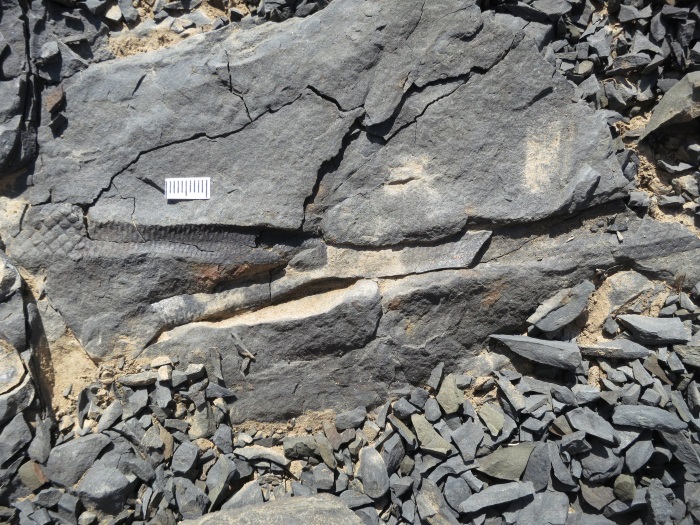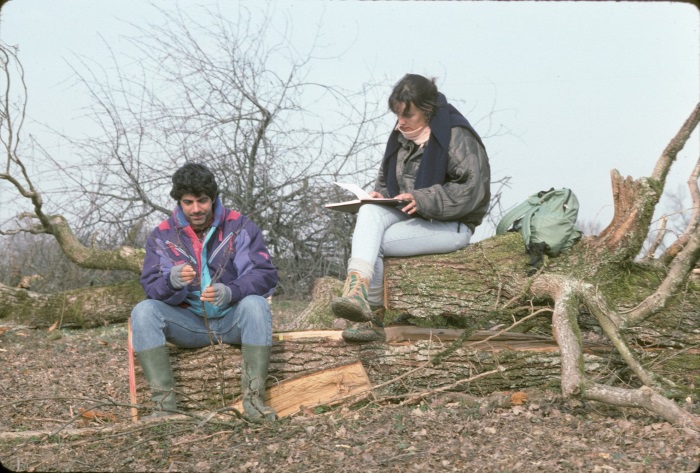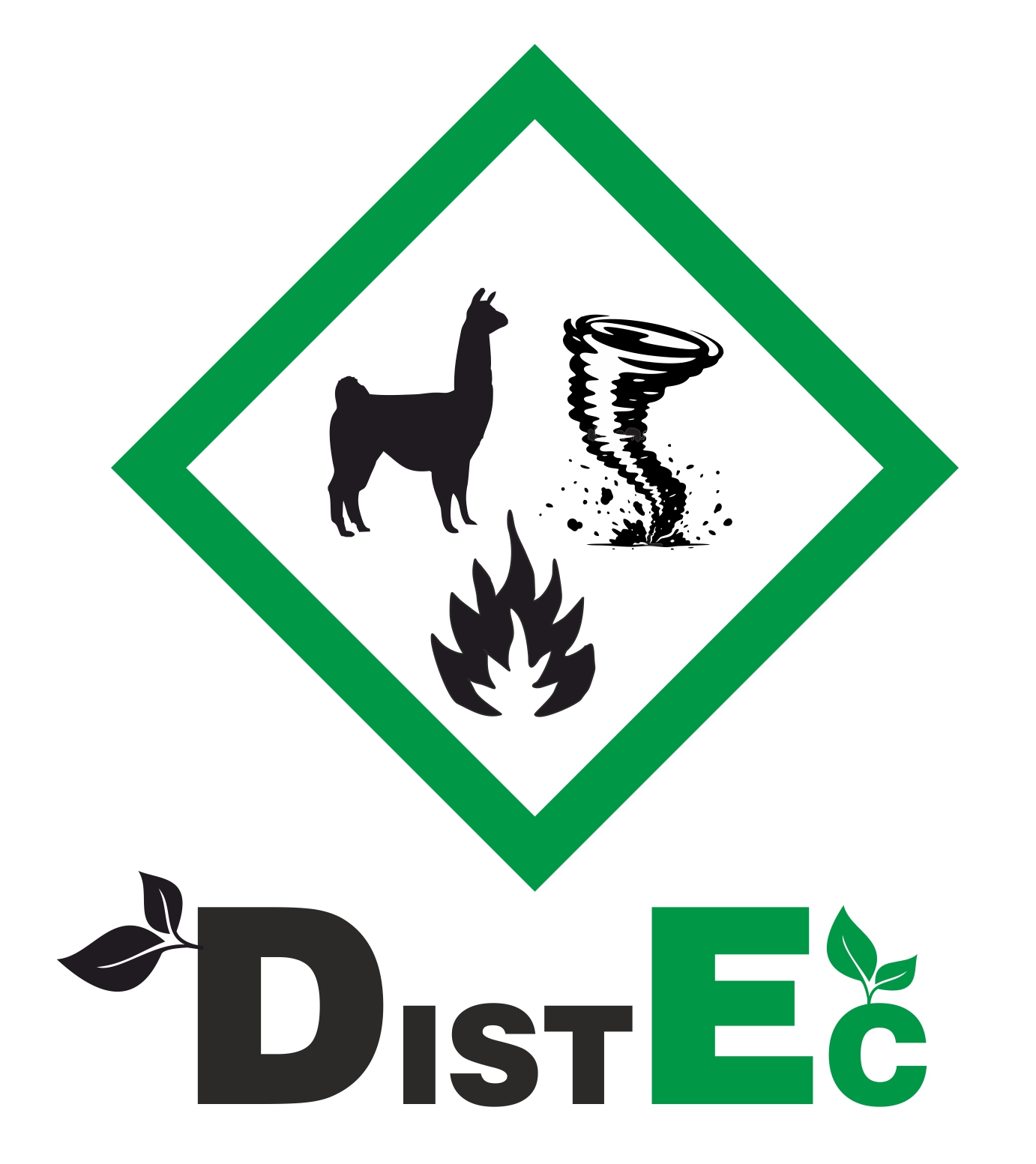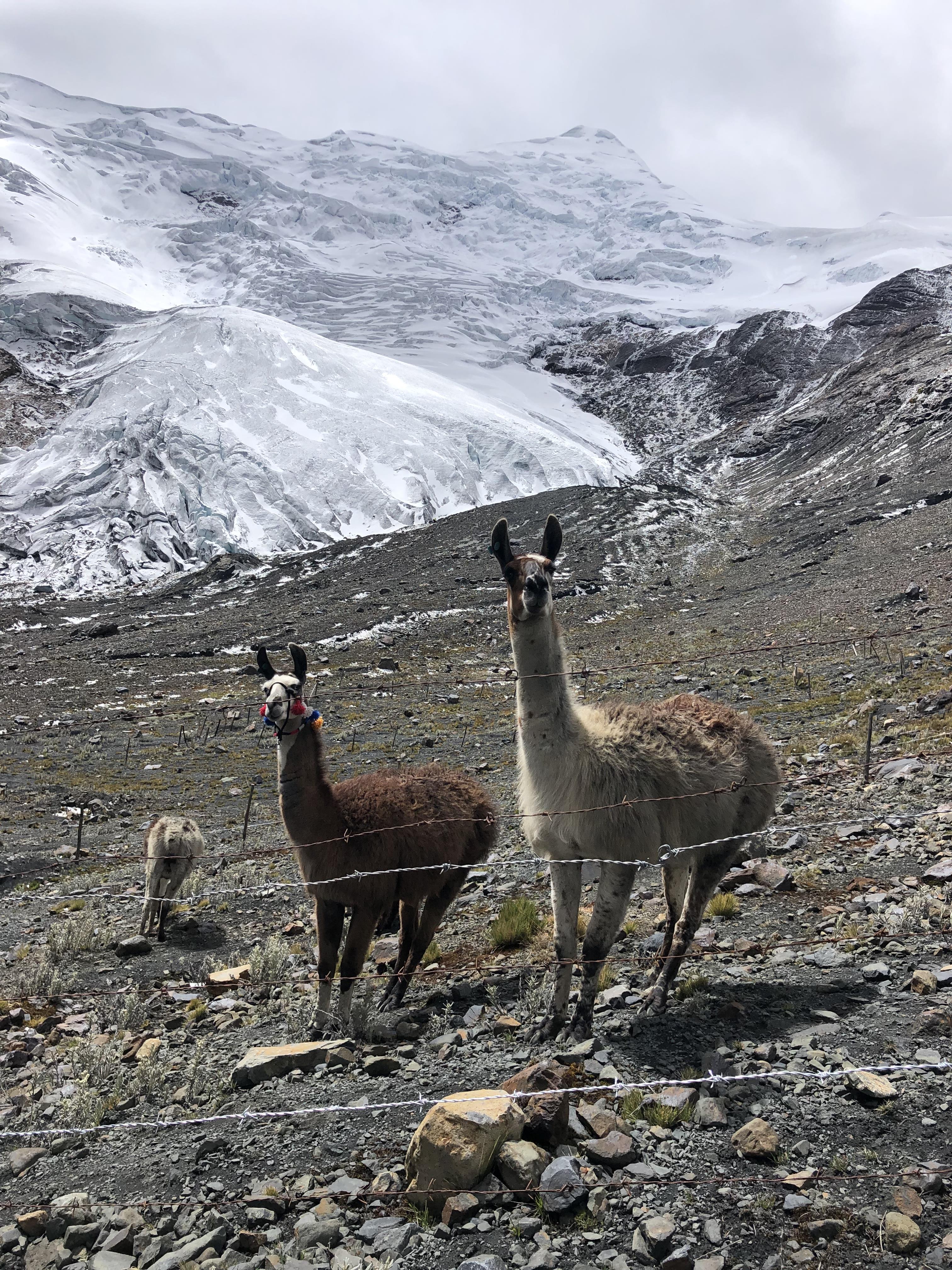FSPM - Functional Structural Plant Models
Mots clés
Our goal is to better understand and predict plant development, growth and yield according to the genotype and local environment. We use numerical models that couples biophysical processes, ecophysiology, and architecture to simulate the determining factors in the system.
The understanding and prediction of plant functioning is hampered by the inherent difficulty to measure state variables for all structural components in a system, such as leaf illumination, carbon assimilation, carbon sinks...
Functional-Structural Plant Models (FSPM) addresses this lack of information using various modules to calculate the processes that determine above and belowground plant functioning such as light interception, carbon assimilation, water and nutrients uptake, biomass production and yield. The modules we use are implementations of our own models (e.g. MIR and MUSC in Archimed, RoCoCau, GreenLab) or implementations of existing models (e.g. Farquhar for photosynthesis). In some cases, we also couple different models, such as STICS that our radiative modules allow to spatialize.
Our ambition is a close coupling between simulated and measured processes to allow either forcing the processes that we do not have the data to parameterize, or remove a degree of freedom in the simulation. For example, we use LiDAR scans to compute the radiative climate under trees, hereby avoiding the necessity of generating complex 3D representations. Ultimately, we evaluate the ability of the models to predict in situ observations.
We use experimental setups to carry out detailed measurements to finely parameterize the growth and functioning processes, and thus predict yields according to genetic, climatic and edaphic data. Modelling the system at fine scale then allows us to identify which processes can be entirely simulated or simplified to reduce labour-intensive field measurements.
On a more academic level, we seek to identify the determinants of plant growth, development and yield according to the plant species and environment. Models helps us evaluate different long-lasting paradigms such as sources (photosynthesis) or sink (growth and maintenance respirations) driven growth, or even trophic and hydraulic hypotheses related to the architectural plasticity of plants (e.g. branch autonomy).
The skills in botany, plant architecture, computer science and mathematics within AMAP are essential to address these issues.
Our models are mostly applied to make recommendations on the choice of plant material (ideotypes) and cultivation practices (e.g. planting density, pruning, irrigation) depending on the local environment by predicting e.g. crop yields, wood biomass or carbon sequestration. They are also used to design agroforestry systems, evaluate the impact of climate changes on crops, compute water and carbon balance at plot level, evaluate yield losses due to diseases or pest attacks...
In addition to in situ measurements and experiments with our partners in France, Indonesia, French Guyana, China, South and central America and Africa, we develop digital platforms for FSPM modelling (e.g. Archimed, AMAPStudio) and pipelines for data acquisition and analysis (e.g. for LiDAR).
| Acronym | Title | Duration |
|---|---|---|
| AMPLI | AMPLI, Learning and Inverse Procedural Modeling for Authoring Large Virtual Worlds Porteur : Eric GUERIN (LIRIS - INSA Lyon / CNRS) | 2020 - 2025 |
| CaSSECS | Carbon Sequestration and greenhouse gas emissions in (agro) Sylvopastoral Ecosystems in the sahelian CILSS States Porteur : Paulo SALGADO | 2020 - 2024 |
| COCOA4FUTURE | Cocoa4Future : Sustainability of production systems and new dynamics in the cocoa sector Porteur : Patrick JAGORET (CIRAD) | 2020 - 2024 |
| eco2adapt | Ecosystem-based Adaptation and Changemaking to Shape, Protect and Maintain the Resilience of Tomorrow’s Forests Porteur : Alexia STOKES | 2023 - 2027 |
| IntercropVALUES | Developing Intercropping for agrifood Value chains and Ecosystem Services delivery in Europe and Southern countries Porteur : Eric JUSTES (CIRAD) | 2022 - 2026 |
| PalmStudio | PalmStudio, developing an FSPM for Oil palm Porteur : Rémi VEZY | 2022 - 2025 |
| ROBUST | UE Desira. Robusta coffee agroforestry to adapt and mitigate climate change in Uganda Porteur : Fabrice PINARD (CIRAD - PHIM) | 2021 - 2025 |
BRAUD Oriane 2023 - 2026. Multiscale hybrid modelling framework for intercrops : the best of plant and crop models. Ecole doctorale : I2S / Université de Montpellier. Dir : JAEGER Marc
TRIKI Houssem 2022 - 2024. Titre (FR) Interactions entre attaques de bioagresseurs et croissance des plantes par une approche modèle appliquée au caféier robusta en Ouganda. Effets sur la production. Titre (EN): Interactions between pest attacks and plant growth using a model appr. Ecole doctorale : I2S / Université de Montpellier. Dir : JAEGER Marc / Co-dir. : RIBEYRE Fabienne
- Montpellier : UMRs AGAP (MaCS4Plants), Eco&Sols, BioAgresseur, Diade, BioWooEB; PME Bionatics SA
- France : CentraleSupélec (Saclay)
- International : CATIE (Costa Rica), Université de Viçosa (Brésil), Réseau scientifique STICS, Institut d’Automatique de l’Académie des Sciences de Chine. Université de Daola (RCI).


